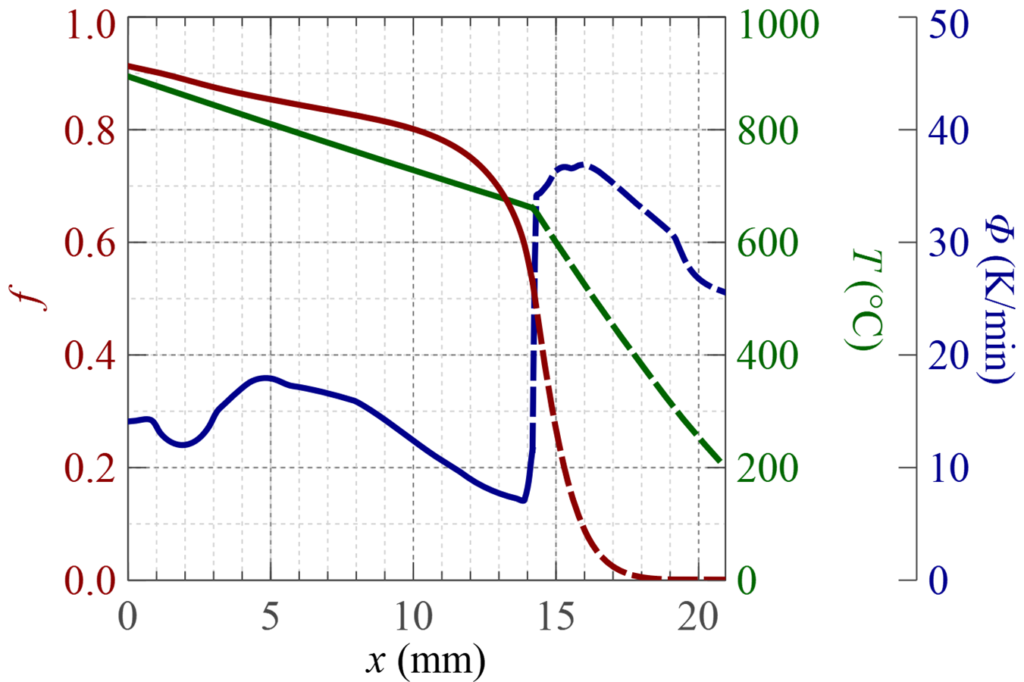The legacy nuclear waste stored at the Hanford Site in the U.S. State of Washington will be processed in Joule-heated electric melters into stable borosilicate glass. Because of the high variability in waste composition, each waste batch will be mixed with glass forming and modifying chemicals, yielding a waste glass with unique optimized composition and maximized waste loading while meeting criteria on melt viscosity, electrical conductivity, refractory corrosion, and glass durability.
The glass production rate in an electric melter is a function of (i) melter operating conditions such as the melt pool temperature and the bubbling rate of injected gas to impose forced convection in the melt pool, (ii) glass melt properties such as melt density, viscosity, and thermal conductivity, and (iii) properties of the melter feed (an aqueous slurry) such as its feed-to-glass conversion enthalpy and its propensity to foam at high temperatures.
Using experimental data and the best available estimates for the material properties, we have developed a heat transfer model for several high-level waste (HLW) and low-activity waste (LAW) feeds exemplifying a variety foaming responses. The model considers heat conduction and convection of both gaseous and condensed materials to compute the temperature profile in the cold cap and the thickness of the cold cap reaction zone. Although conversion processes start in the slurry at low temperatures, most batch-melting reactions occur at temperatures above 200 °C. Because the crystalline silica, the major component of nuclear waste feeds, is distributed throughout the condensed cold cap, we used the dissolved silica fraction as a measure of the feed conversion degree to facilitate the development of a kinetic dissolution model.
The model represents the effects of the material properties of the reacting melter feed, which are functions of temperature and conversion degree, and of the heat flux delivered to the cold cap, on the resulting temperature profile and the cold cap thickness. Cold cap density is virtually constant at low temperatures but substantially increases above the foam onset temperature when the transient melt becomes connected before it abruptly decreases as the transient melt turns into primary foam by trapping evolving gases. Effective heat capacity is highly temperature dependent as it accounts for reaction heat from batch-melting reactions. Because of the effect of radiation, effective thermal conductivity increases with increasing temperature.
The model estimates the effects of feed processing parameters on the glass production rate and the feedback loop between the glass production rate and the primary foam stability that determines the cold cap bottom temperature. Increasing the glass production requires more heat to be transferred through the cold cap. This results in a thinner reaction zone in the cold cap and a higher heating rate experienced by the reacting materials. A higher heating rate affects silica dissolution kinetics and the transient melt a viscosity with a direct impact on primary foam stability.

